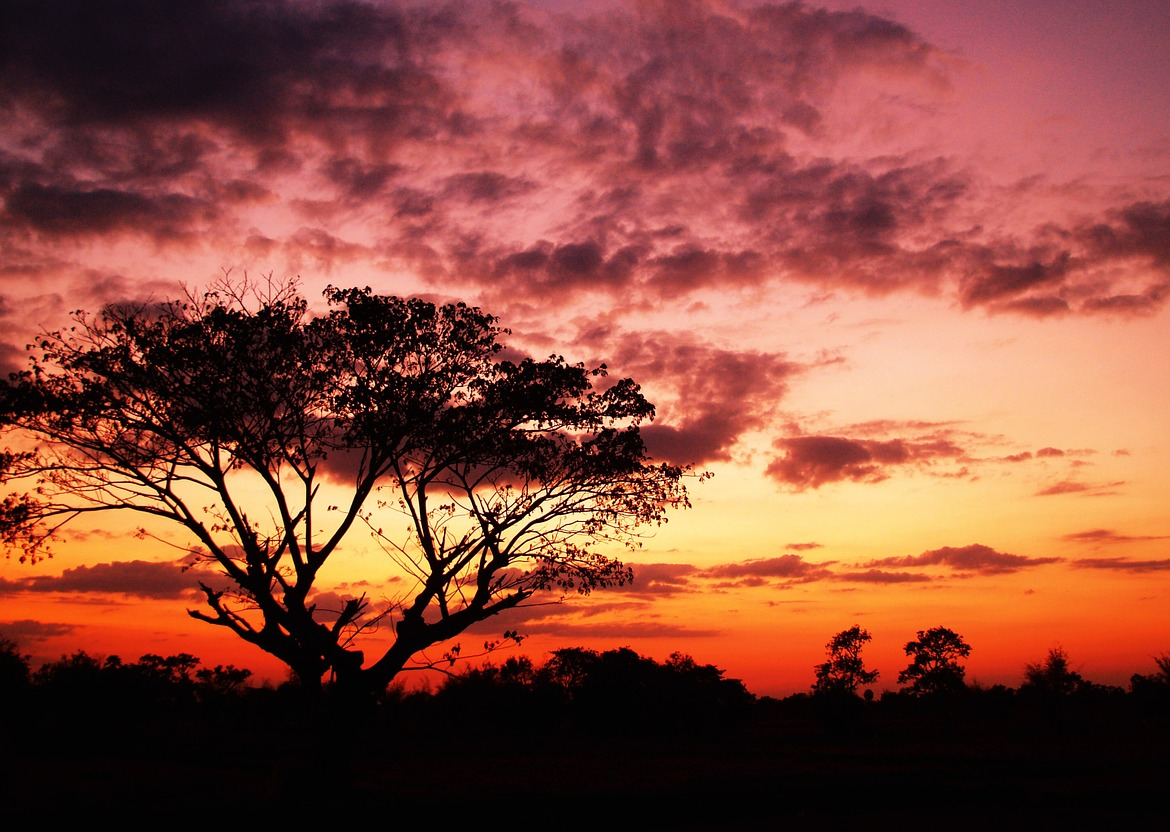The New Water Alchemists
Author: Judith D. Schwartz | Published on: November 29, 2016
Australia is the world’s driest inhabited continent, and a nation cursed by headline-grabbing weather extremes. In 2013, Australia’s Bureau of Meteorology famously added dark purple to its weather maps to denote over-the-top heat waves, the no-longer-rare days when air temperatures breach 122 degrees Fahrenheit (50 degrees Celsius). Australia’s history since European settlement has been riddled with droughts and floods so dire they’re etched in the books as significant natural disasters. The millennium drought, known colloquially as the “Big Dry,” persisted for 15 years until finally doused by epic rains and floods that lasted from late 2010 into early 2011.
As for wildfires, the most devastating since 1851 have names, including Black Christmas and Black Tuesday. Most recently and most deadly were the Black Saturday bushfires of 2009 in the southeastern state of Victoria, which killed 173 people. The sheer extent of Australia that goes up in smoke is mind-boggling. An estimated 60,000 bushfires, many of them extensive, flame through Australia each year. (Between one-third and one-half of these are attributed to arson.) According to several tallies, between 130 and 220 million hectares (or 321 to 543 million acres) are burnt each year by either wildfires or intentional controlled burns. That’s a patch of earth somewhat bigger than the nation of Liberia. The carbon emitted from these conflagrations dwarfs the amount spewed by fossil fuels.
“I think of this as solar real estate. And I look at myself as a capitalist,” says Chris Henggeler, referring to his land in a hot, desolate corner of Australia. And his cattle? That’s “middle management,” he says. “They’re our plumbers and electricians.”

